
PUMPA - SMART LEARNING
எங்கள் ஆசிரியர்களுடன் 1-ஆன்-1 ஆலோசனை நேரத்தைப் பெறுங்கள். டாப்பர் ஆவதற்கு நாங்கள் பயிற்சி அளிப்போம்
Book Free DemoAdaptation of animals present in mountain habitat:
Mountain habitats are cold, windy. There is heavy rain present in these habitats.
Some adaptations found in the mountain animals are:
- Animals have thick skin or fur to protect them from cold. For example - Yaks have long hair to keep them warm.
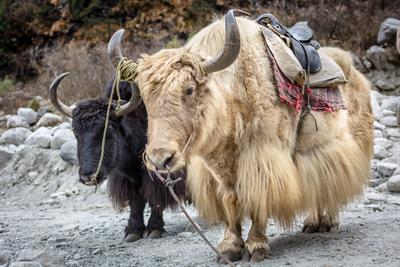
Yak
- A snow leopard has thick fur on its body, including feet and toes (to protect from cold when it walks).
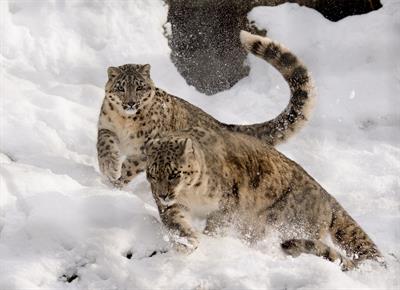
Snow leopard
- Mountain goat has strong hooves (hard and rough feet) for running on the slopes and long hair to protect from the harsh cold climatic conditions. The mountain goat, also called the Nilgiri Tahr, finds small spaces on the rock to climb easily and maintains balance or stability as it feeds.
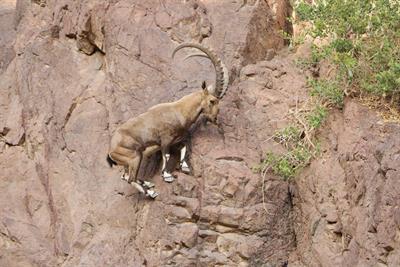
Mountain goat
Adaptations of animals present in forest habitat:
Some adaptations present in the forest animals are:
Lion:
1. To catch the prey, lion withdraw his claws inside the toes.
3. The skin colour of a lion is a light brown that helps hide in the habitat while hunting.

Lion
Deer:
1. Deer has strong teeth for chewing the hard plant of the forest.
2. Deer can run faster to escape from the predator. Its long ears help it to hear the movements of predators.
3. Eye of deer is present on either side of its head - allows it to look in all directions.

Deer
In birds, migration occurs during the winter season, i.e. unfavourable conditions. Animals too migrate or becomes inactive or dormant during winter and summer season.
Hibernation, also called the "Winter sleep", is when an animal spends its winters in a dormant condition - inactive status or low metabolic activity. Hibernation is for a longer duration of time.
Example:
Turtle, bear, bat, and hedgehog
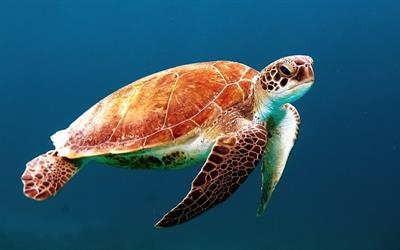
Turtle
Aestivation, also called the "Summer sleep", is when an animal spends the hot and dry period in an inactive state where there is low metabolic activity. Aestivation is for a shorter duration of time. It occurs in response to extremely high temperature and drought.
Example:
Snail, lungfish, earthworm, and ground squirrel
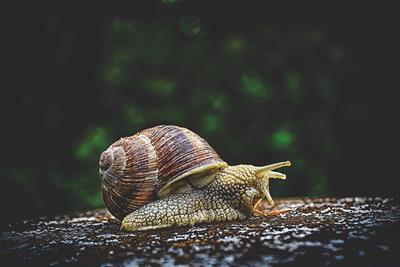
Snail
Kangaroo rat does not drink water. The food it eats and the oxygen from air combine together to form water inside the body.
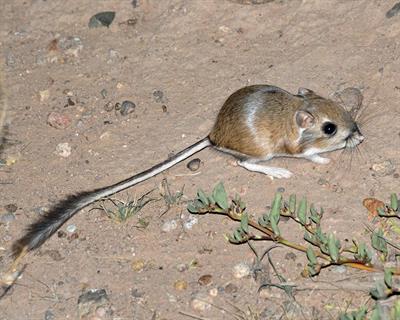
Kangaroo rat
Reference:
https://pixabay.com/it/photos/manali-himalaya-yak-bovini-1978065/
https://pixabay.com/it/photos/snow-leopard-ascolta-ottenere-tutto-1982520/\
https://pixabay.com/it/photos/capra-capra-di-montagna-ibex-nubiana-4986627/
https://pixabay.com/it/photos/lion-giardino-zoologico-africa-4581841/
https://pixabay.com/it/photos/capriolo-cervo-palchi-2634729/
https://pixabay.com/it/photos/tartaruga-nuotare-tartaruga-di-mare-863336/
https://pixabay.com/it/photos/lumaca-animale-casa-3705324/
https://commons.wikimedia.org/wiki/File:Merriam%27s_Kangaroo_Rat,_Chihuahuan_Desert,_New_Mexico.jpg